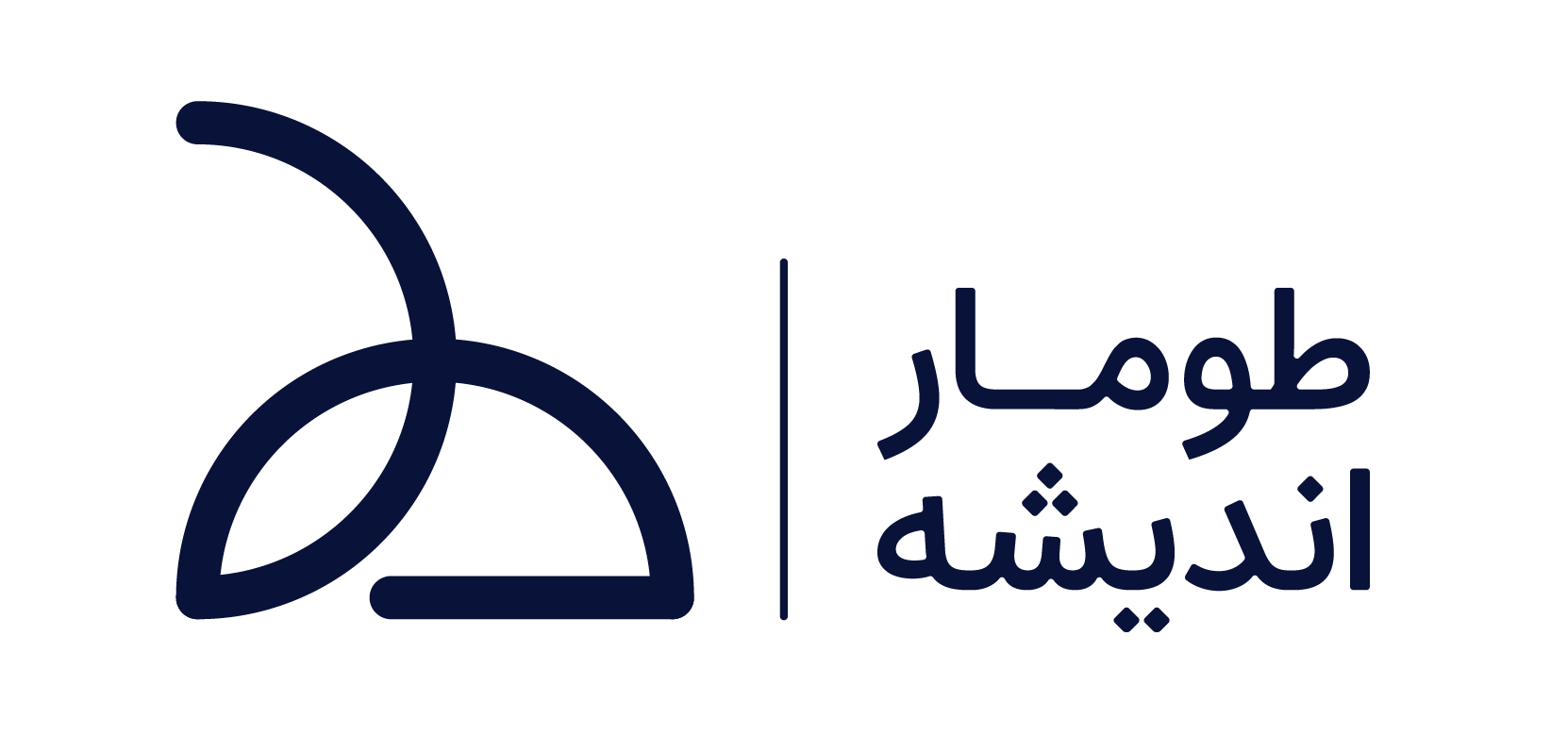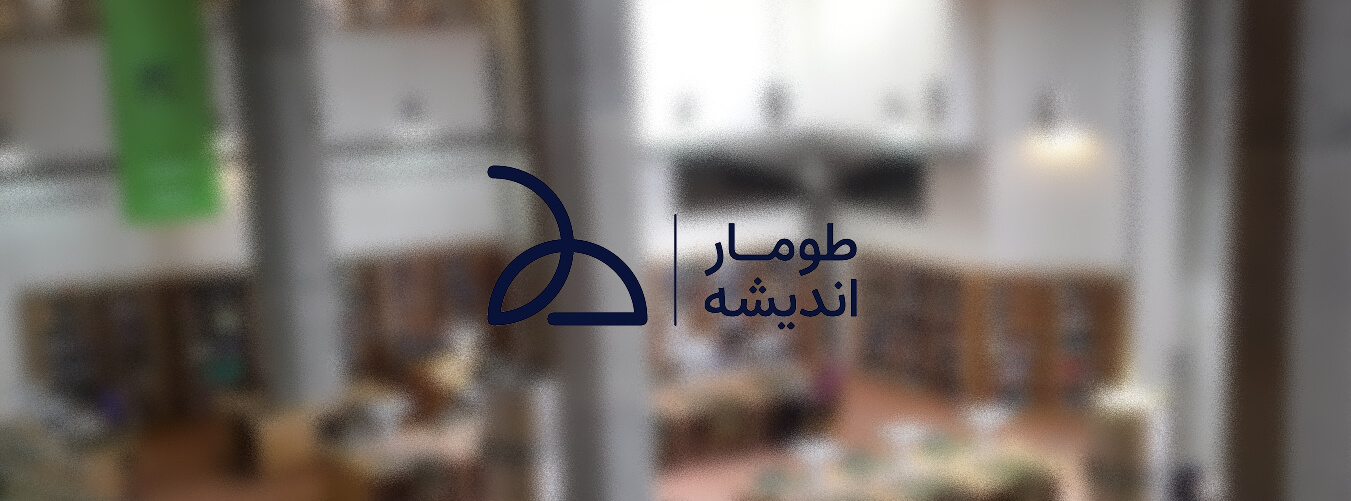در ماه می سال آینده میلادی، کارگاهی با عنوان «تصویرنگاری تصوف»، در دانشگاه بن واقع در کشور آلمان، برگزار میگردد. علاقهمندان به شرکت در این کارگاه، میباید چکیده سخنرانی خود را حداکثر تا پایان ماه جاری میلادی، به این دانشگاه ارسال نمایند.
From the Late Medieval Period onward many Sufi treatises began to display an increasing amount of visual elements, mainly in the form of diagrams, which can either have an auxiliary function, i.e. to help explain the contents of specific written passages, or be themselves at the very core of the text.
A comprehensive study aiming to understand the significance and diffusion of such visual devices in Sufi literature—involving such disparate disciplines as Philology, History of the Book and Codicology on the one hand, and Intellectual History and the History of Ideas on the other—has never been systematically undertaken. With special regard to the development of Islamicate Intellectual History, it would seem that the qualitative and quantitative leap in the diffusion of diagrams in Sufi literature was paralleled by the spread and reception of Ibn ‘Arabī’s (d. 638/1240) works in which diagrams are often employed.
This workshop aims at investigating to which extent the diffusion of visual elements was one of the chief novelties and specific features of Sufi literature to develop in the Late Medieval and Early Modern period. Acquiring a clear and detailed understanding of this phenomenon will also help us investigate the dialogical interactions between Sufism and philosophical, alchemical and magical literatures in which analogous diagrams are often employed. Obtaining a better knowledge of the phenomenon I suggested labelling “Visual Sufism” will also permit us to address the question of possible intellectual osmosis, in particular with the Jewish Kabbalah, in which similar visual tools started to flourish at almost exactly the same time in works by authors who in many cases acted in an Islamicate environment, knew Arabic and were acquainted with Islamic philosophical literature (see Giulio Busi, Qabbalah Visiva, Turin 2005).
This invitation aims at bringing together for the first time a group of specialists in the field to contribute to a workshop and collected volume on the theme of Visual Sufism. Visual Sufism will be investigated from different angles through the lens of multiple authors who employed images and diagrams within their Sufi works. Preliminary questions for the workshop include the following: which hypotheses can be suggested about the use of diagrams in Sufi literature? Was this trend linked to specific historical contexts, to the rise of new disciplines, or the appearance of new styles, ideas, or theories in Sufism? Do the authors provide any theory (even embryonic) for the utilisation of diagrams in their texts? To which extent do the texts refer to the social environment in order to justify the use of diagrams? Was the use of diagrams related to specific topics and, if so, which are they? What can be said about the specific use each author made of diagrams? Are there various typologies of diagrams? Is the use of diagrams consistent in different works of an author? Is it possible to individuate interdependences between diagrams found in different works written by one or more authors (i.e. can we actually discern a shared visual language here)? Did the presence of diagrams play any role in the reception of the texts at issue? Can we asses an evolution and development of the use of diagrams in time and space?
Contributions on key authors such as Aḥmad al-Būnī (d. 622 or 630/1225 or 1232), Saʿd al-Dīn Ḥammūʾī (d. 650/1253), Faḍl Allāh Astarābādī (d. 796/1394) and Shīrīn Maghribī (d. 809‒۱۰/۱۴۰۶‒۸), have already been secured.
Contributions on Ibn al-ʿArabī (d. 638/1240), Ḥaydar Āmulī (d. after 787/1385), Bayezit Halife (d. 922/1512) or on any other Sufi author from the period 1200‒۱۶۰۰ who made use of diagrams and visual elements in their works are warmly welcome.
Workshop Organization
- The workshop will involve a maximum of 8 presenters.
- Each talk should be between 30 and 40 minutes long and will be followed by a 20-minute Q&A session.
- The language of the workshop will be English.
- Taking into account the topic of the workshop the use of PowerPoint is strongly encouraged.
- Accommodation and travel costs will be covered by the Alexander von Humboldt Kolleg for Islamicate Intellectual History (1200‒۱۶۰۰).
- After the workshop, the papers will be published in the form of a peer-reviewed volume, edited by Dr. Giovanni Maria Martini, to be published in the series Islamicate Intellectual History (Brill, eds. Shahzad Bashir, Heidrun Eichner and Judith Pfeiffer).
Time Frame
- Please submit your proposal by October 31, 2017, including the title of the contribution, an abstract of about 500 words and a brief CV to giovannimaria.martini@uni-bonn.de.
- The revision process will start immediately after the deadline and the results are expected to be communicated to the applicants by November 15, 2017.
- The workshop will take place on Monday 14 May 2018 at the Alexander von Humboldt Kolleg for Islamicate Intellectual History (1200‒۱۶۰۰) at the Rheinische Friedrich-Wilhelms-Universität Bonn.
- The first draft of the full article will be due by August 20, 2018 (12,000‒۱۸,۰۰۰ words exclusive of the bibliography).
For any further information, please contact Dr. Giovanni Maria Martini at giovannimaria.martini@uni-bonn.de.




